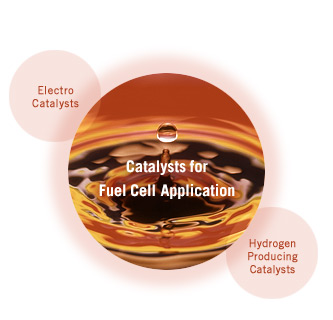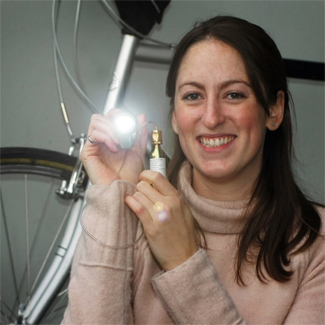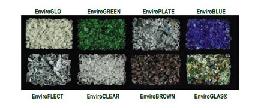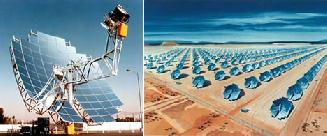
For over a century now, a lot of research has been done to get sources of energy other than fossil fuels to run our cars and other systems requiring energy. One such achievement was getting fuel cells to run vehicles and electronic devices. Battery was used to get the power for the vehicles. Since such vehicles had a limited power backup, researchers wanted a more reliable solution to run both vehicles and other electronic appliances. For this an energy source is aimed at which is not only portable but meets the required energy levels as well.
Why Fuel cells came into being:
They have been around for over 150 years. But they have not been used as a viable option because of cost and safety issues. One advantage with fuel cells is that the chemicals constantly flow into the cell so it never goes dead, so as long as the chemicals are flowing in the cell, the energy gets generated. Most fuel cells in use today use hydrogen and oxygen as the chemicals.
Unlike fossil fuels they don’t cause much pollution. Since they are source of renewable energy, one need not be worried about exhaustion of fuel cells. Countries like US have already invested millions of dollars in research because they foresee the extinction of fossil fuels. Oil dependency and global warming being international issues more and more countries are now coming forward to explore fuel cell options.
For the automobile industry, fuel cells are a boon as they will be more efficient than internal combustion engine and could be refueled as quickly as traditional one.
Why batteries failed:
A battery essentially has all of its chemicals stored inside and it converts those chemicals into electricity. Eventually, the battery would go dead and one would require either throwing it or recharging it.

Hydrogen fuel cells:
Hydrogen fuel cells came out to be one solution which sees scientists through the problems with the batteries. But with price, weight, volume, hydrogen storage and safety researchers faced considerable challenge. Although such systems have become smaller and lighter with regular improvements, but they still are too large and heavy to be used in smaller vehicles.
Researchers now want an even more effective alternative for storage so that hydrogen fuel cells could be used in electronic devices as well.

Fuel Cells as a source of Portable Energy:
Further researches have found out methods to make hydrogen cells more effective and also overcome problems of cost and safety that hey currently faced. Microbe-Organic Fuel Cells, Microbe-Cellulose Fuel Cells, and Enzyme-Starch Fuel Cells are methods through which researchers aim at making hydrogen fuel cells more effective.
Micro-organic fuel cells: This system uses bacterial culture to oxidize organic molecules to produce carbon dioxide and hydrogen. This system is more suited for treating waste water than in automobiles as it requires large number of bacteria.
Microbe Cellulose fuel cells: This system is based on cellulose, which is a component of the biomass, which is used by directly burning the material. It is best suited for centralized production of electricity than for portable.
Enzyme-Starch Fuel Cells: This system is best suited for the portable energy usage as it requires starch and is easy to maintain as energy is generated as long as starch is fed into the cell.
Via: Suite101




